How to Quickly Identify and Fix Broken Links

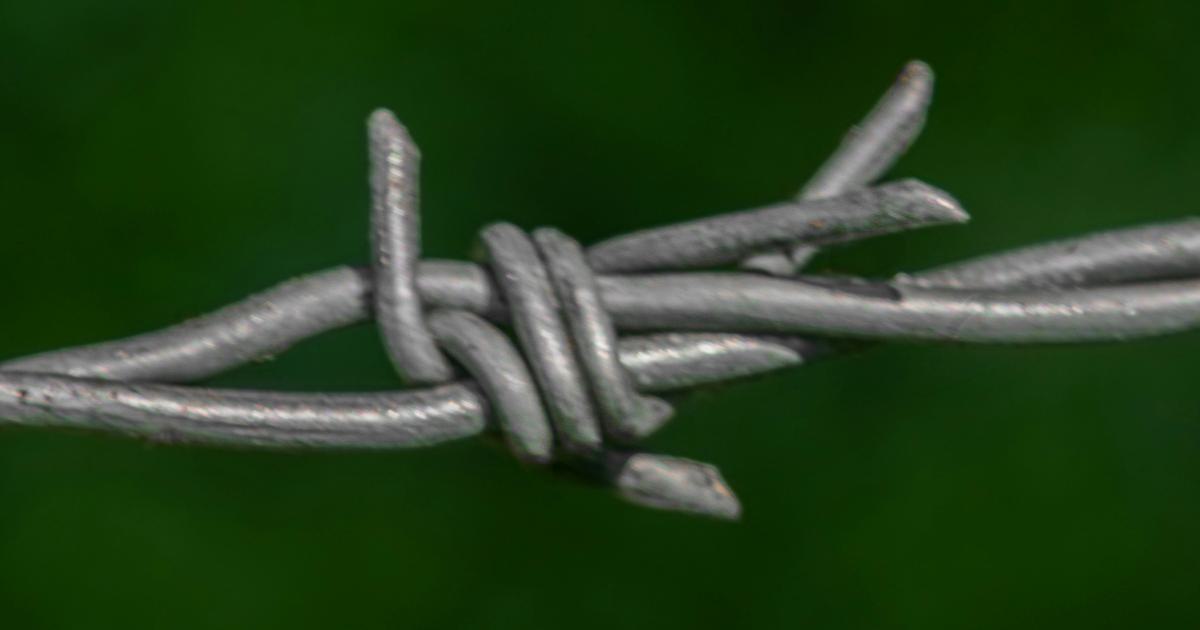
Introduction
Broken links are a common problem that can significantly impact the user experience and search engine optimization (SEO) of a website. When a user clicks on a link that leads to a non-existent page, it creates a frustrating and disappointing experience, often causing them to leave the site. Additionally, search engines penalize websites with high numbers of broken links, negatively affecting their search rankings.
In this comprehensive article, we will explore the strategies and techniques to quickly identify and fix broken links on your website. We'll cover the root causes of broken links, the consequences of leaving them unaddressed, and provide step-by-step solutions to effectively address this common issue. By the end of this guide, you'll have the knowledge and tools to maintain a clean, user-friendly, and SEO-optimized website.
Problem Analysis
Defining Broken Links
A broken link, also known as a dead link or a 404 error, is a hyperlink that points to a web page or resource that no longer exists or is unavailable. This can happen for a variety of reasons, such as:
Page Deletion: The linked page has been removed or deleted from the website.
URL Changes: The linked page has been moved to a new URL, and the original link has not been updated.
Misspelled or Incorrect URLs: The link was created with a typographical error or an incorrect URL.
Temporary Unavailability: The linked page or resource is temporarily unavailable due to server issues, maintenance, or other technical problems.
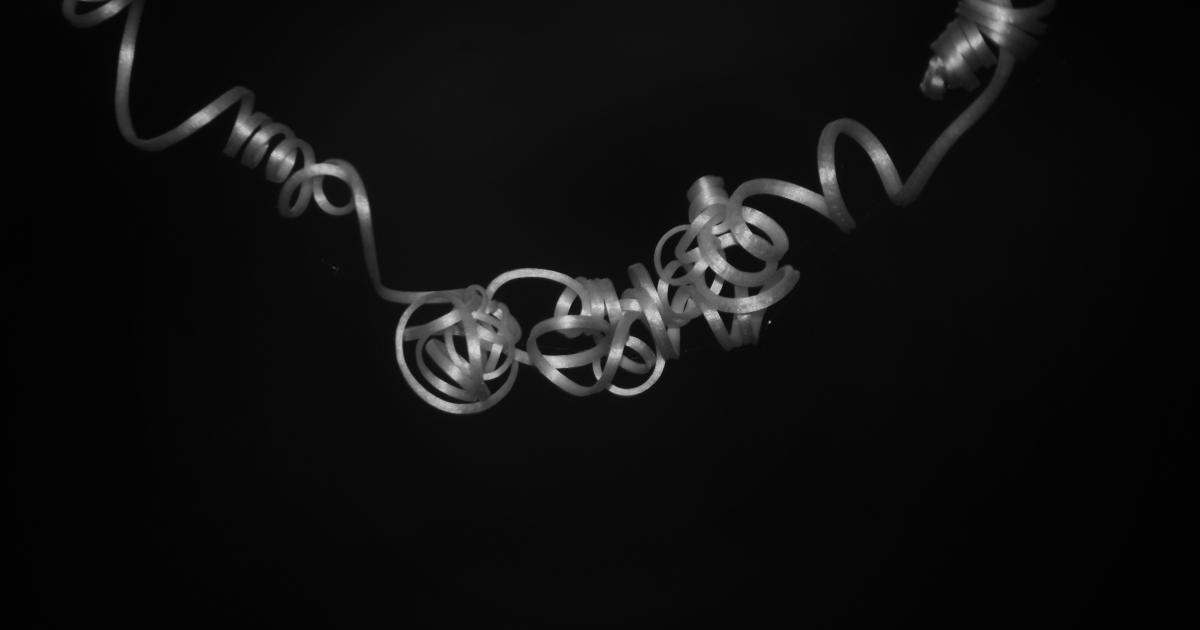
Understanding the Consequences of Broken Links
Broken links can have significant consequences for both users and website owners. Let's explore the potential impacts:
Poor User Experience: When a user encounters a broken link, it can be frustrating and can lead to a negative perception of the website. This can result in increased bounce rates, reduced time on site, and a higher likelihood of the user abandoning the website altogether.
Damage to SEO: Search engines, such as Google, view websites with a high number of broken links as less reliable and authoritative. This can lead to a decrease in search engine rankings, making it more difficult for the website to be discovered by potential customers or clients.
Loss of Credibility: Broken links can undermine the credibility and professionalism of a website, as they can be perceived as a sign of neglect or lack of attention to detail.
Missed Conversion Opportunities: Broken links can prevent users from accessing important information, such as product pages, contact forms, or calls-to-action, ultimately resulting in lost conversion opportunities and potential revenue.
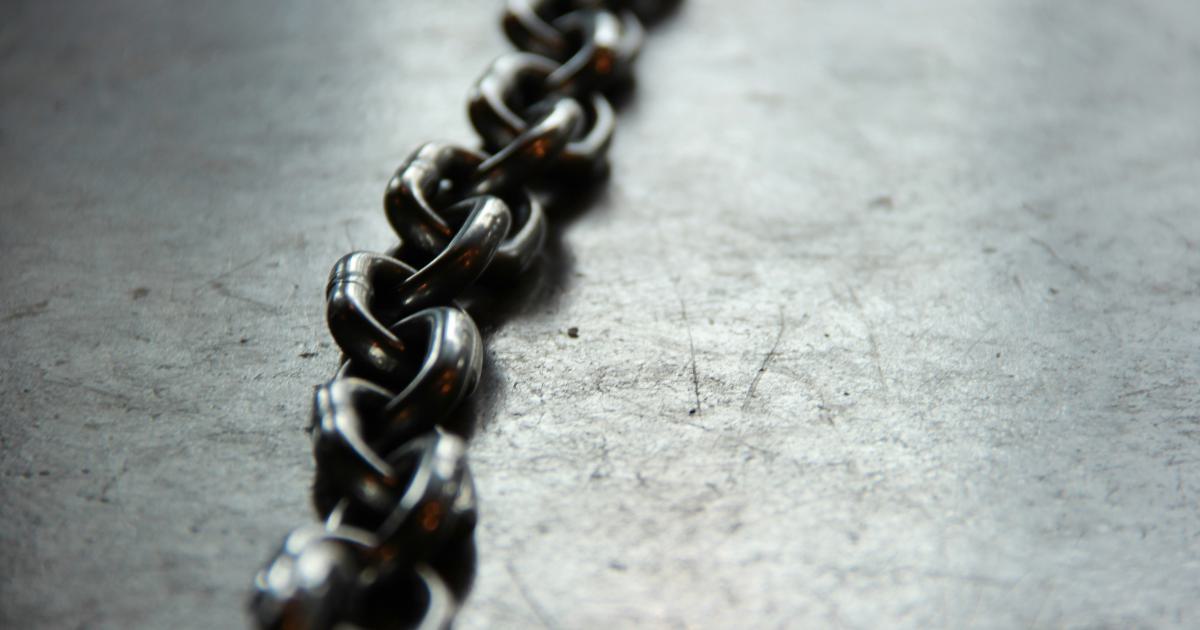
Prevalence of Broken Links
Broken links are a widespread issue across the internet. Studies have shown that the average website has approximately 5-10% of its links broken. However, this percentage can be much higher for certain types of websites, such as those with frequently changing content or a large number of external links.
For example, a study by Semrush found that the average number of broken links on e-commerce websites is around 8%, while the average for blogs and news sites is around 6%. This highlights the importance of proactively identifying and fixing broken links to maintain a high-quality user experience and optimal SEO performance.

Proposed Solutions
To effectively address the problem of broken links, we'll explore several solutions that can be implemented to identify, fix, and prevent their occurrence.
Solution 1: Regularly Scan for Broken Links
The first step in addressing broken links is to regularly scan your website for their presence. There are various tools and methods you can use to conduct this analysis:
Online Broken Link Checkers: Services like W3C Link Checker, Dead Link Checker, and Broken Link Checker allow you to enter your website's URL and receive a report of all broken links found on the site.
Browser Extensions: Browser extensions, such as Check My Links for Chrome and Link Checker for Firefox, can automatically scan web pages and highlight any broken links as you navigate through your website.
Crawling Tools: More advanced crawling tools, such as Screaming Frog SEO Spider and Ahrefs, can perform a comprehensive analysis of your entire website, providing detailed reports on broken links, redirect issues, and other technical SEO problems.
Manual Checking: While not the most efficient method, manually clicking through your website's pages and checking each link can help identify broken links, especially on smaller websites.
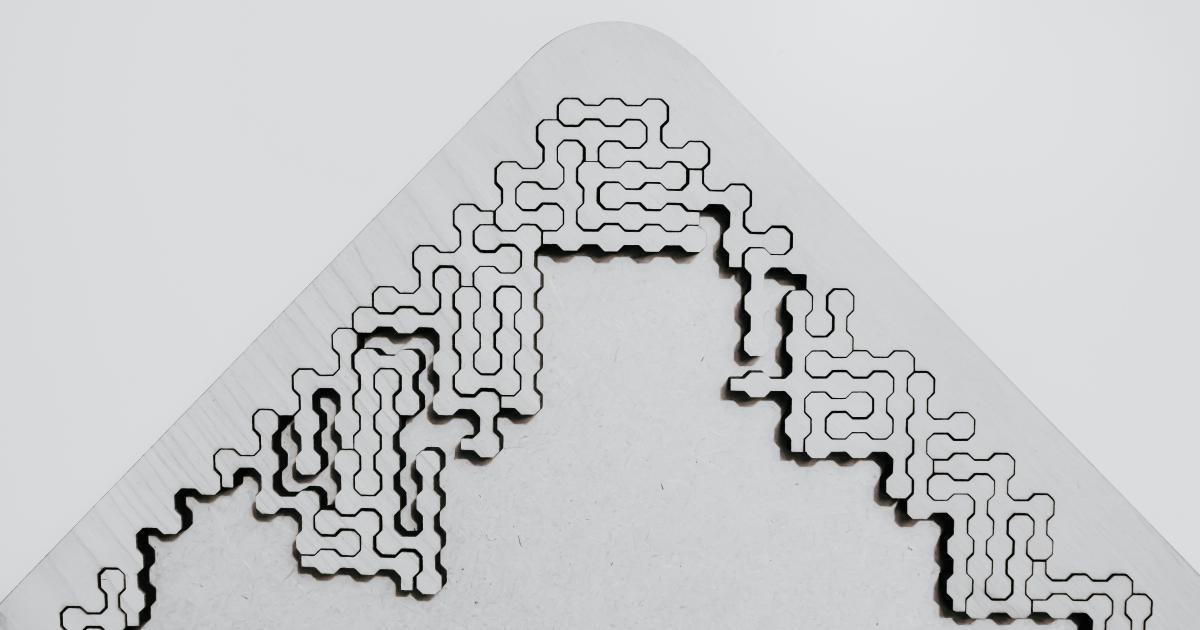
Solution 2: Fix Broken Internal Links
Once you've identified the broken links on your website, the next step is to fix them. Let's start with addressing broken internal links, which are links that point to other pages within your own website.
Locate the Source of the Broken Link: Determine the page that contains the broken link and make a note of the specific link text or URL that is causing the issue.
Update the Link: Depending on the reason for the broken link, you'll need to either update the URL to the correct location or remove the link altogether if the referenced page no longer exists.
Test the Fixed Link: After making the necessary changes, test the updated link to ensure it is now functioning correctly.
Implement Redirects: If the linked page has been moved to a new URL, consider setting up a 301 redirect from the old URL to the new one. This will ensure that users and search engines are seamlessly directed to the correct location.
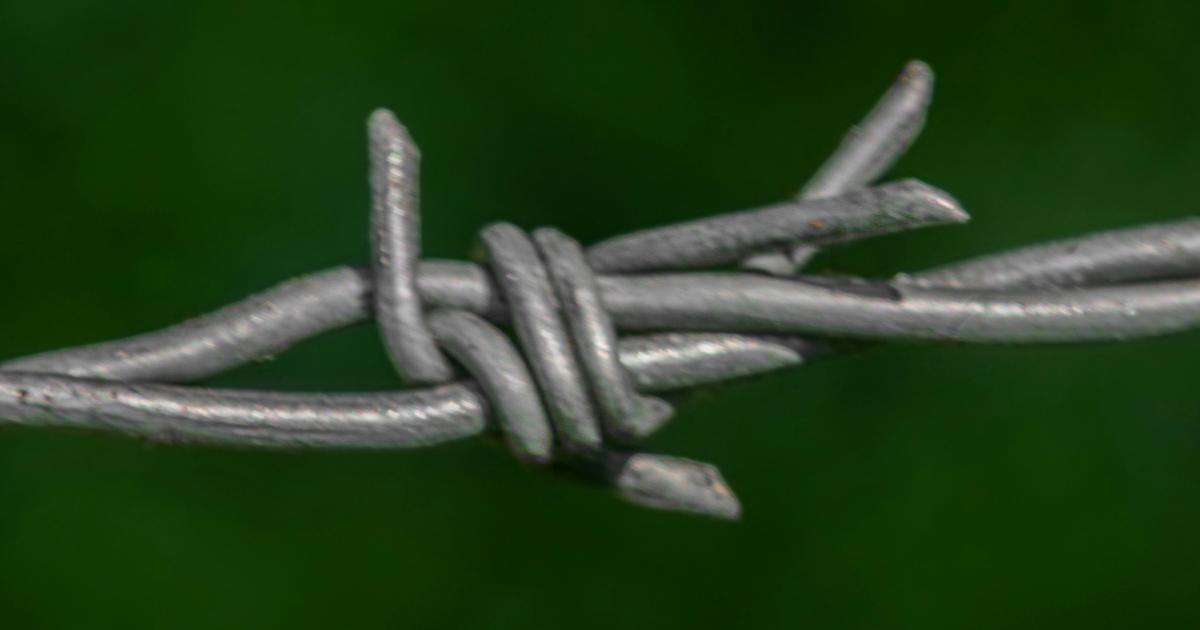
Solution 3: Address Broken External Links
Broken external links, which are links that point to pages on other websites, can be more challenging to fix, as you don't have direct control over the external content. However, there are still steps you can take to mitigate the issue:
Identify the Broken External Link: Locate the page on your website that contains the broken external link and make a note of the link text or URL.
Contact the Linked Website: Reach out to the website owner or webmaster responsible for the linked page and inform them of the broken link. Provide the specific details, such as the URL of the page on your website where the broken link is located, and request that they update or fix the link.
Consider Replacing the Link: If the linked website is unwilling or unable to fix the broken link, you may need to replace it with an alternative resource or remove the link entirely.
Monitor Broken External Links: Regularly check your website for broken external links and repeat the process of contacting the linked website or finding alternative resources.

Solution 4: Implement Link Monitoring and Maintenance
To prevent the accumulation of broken links in the long term, it's essential to implement a proactive link monitoring and maintenance strategy. This involves the following steps:
Set Up Automated Link Checking: Utilize the broken link checking tools and services discussed earlier to regularly scan your website and identify any new broken links that may have appeared.
Establish a Link Maintenance Workflow: Incorporate link maintenance into your website's content management and publishing processes. Whenever new content is added or existing content is updated, ensure that all links are verified and working correctly.
Regularly Review and Fix Broken Links: Dedicate time on a regular basis (e.g., weekly or monthly) to review the reports from your link checking tools and promptly fix any broken links that are identified.
Implement Link Monitoring Notifications: Set up alerts or notifications to be informed whenever a new broken link is detected, allowing you to address the issue as soon as possible.
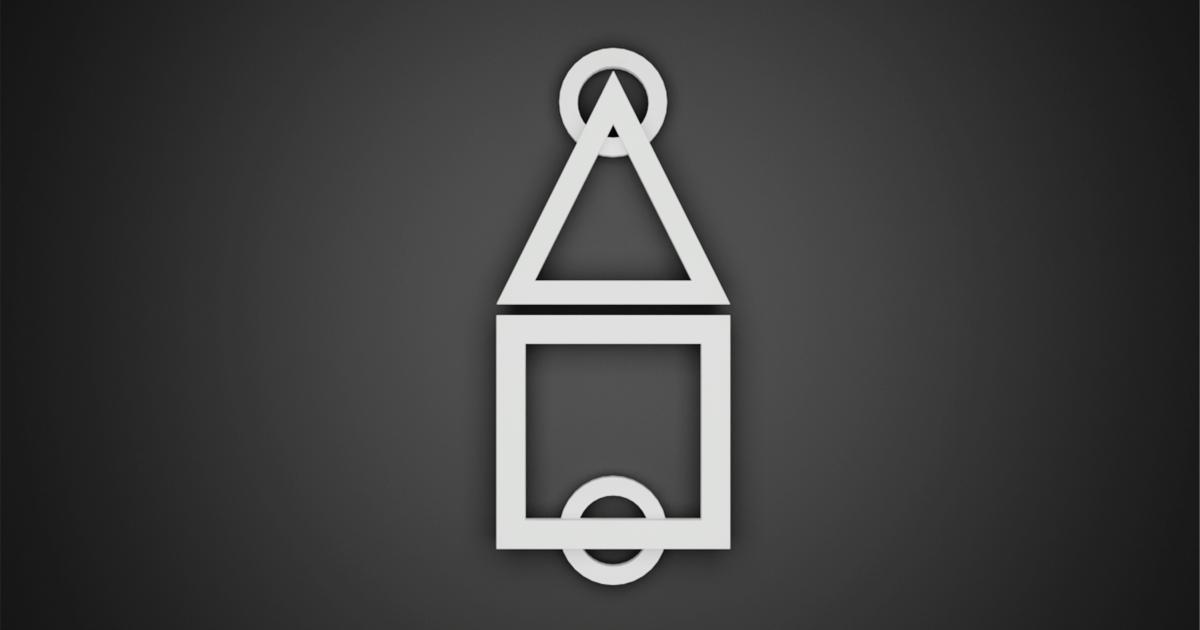
Comparison of Solutions
Each of the proposed solutions offers unique benefits and considerations. Let's compare the effectiveness, feasibility, and potential drawbacks of each approach:
Regularly Scan for Broken Links:
- Effectiveness: Highly effective in identifying existing broken links on your website.
- Feasibility: Easy to implement, with various free and paid tools available.
- Drawbacks: Requires regular monitoring and may not catch all broken links, especially those that occur between scans.
Fix Broken Internal Links:
- Effectiveness: Highly effective in addressing broken links within your own website's content and structure.
- Feasibility: Relatively easy to implement, as you have direct control over your website's internal pages and links.
- Drawbacks: Does not address broken external links that are outside of your control.
Address Broken External Links:
- Effectiveness: Moderately effective, as you rely on the cooperation of external website owners to fix the broken links.
- Feasibility: More challenging to implement, as you don't have direct control over external content.
- Drawbacks: May be time-consuming and require persistent outreach efforts to get external websites to fix the broken links.
Implement Link Monitoring and Maintenance:
- Effectiveness: Highly effective in proactively identifying and addressing broken links on an ongoing basis.
- Feasibility: Requires a more substantial investment of time and resources, but can be automated to some degree.
- Drawbacks: Requires a dedicated effort to maintain the link monitoring and maintenance process consistently over time.
The most comprehensive and effective approach is to combine all four solutions, leveraging the strengths of each method to create a robust link management strategy. By regularly scanning for broken links, fixing internal issues, addressing external link problems, and implementing a continuous monitoring and maintenance process, you can maximize the user experience and SEO performance of your website.

Implementation Strategy
To effectively implement the solutions discussed, we recommend the following steps:
Conduct an Initial Comprehensive Scan: Begin by using a comprehensive broken link checking tool, such as Screaming Frog or Ahrefs, to perform a thorough analysis of your entire website. This will provide you with a comprehensive report of all broken links, both internal and external.
Prioritize and Fix Internal Broken Links: Start by addressing the broken internal links on your website. This is the most straightforward and impactful step, as you have direct control over your website's content and structure.
Reach Out to Owners of Broken External Links: For each broken external link identified, contact the website owner or webmaster responsible and request that they fix the link. Document your outreach efforts and follow up as needed.
Implement an Ongoing Link Monitoring and Maintenance Process: Set up a regular link checking schedule, such as weekly or monthly, using a tool like Dead Link Checker or the built-in functionality of your content management system. Incorporate link checking and maintenance into your website's content management workflows.
Measure and Optimize: Track the progress of your broken link remediation efforts by monitoring metrics such as the number of broken links found, the percentage of links fixed, and any improvements in user engagement or search engine rankings. Use this data to refine your link management strategy and identify areas for further optimization.
Educate Your Team: Ensure that your content creators, editors, and website administrators are aware of the importance of maintaining clean, functional links. Provide training and guidelines on best practices for creating, updating, and verifying links.
By following this implementation strategy, you can systematically identify, fix, and prevent broken links on your website, ultimately improving the user experience, boosting SEO performance, and maintaining the credibility and reliability of your online presence.
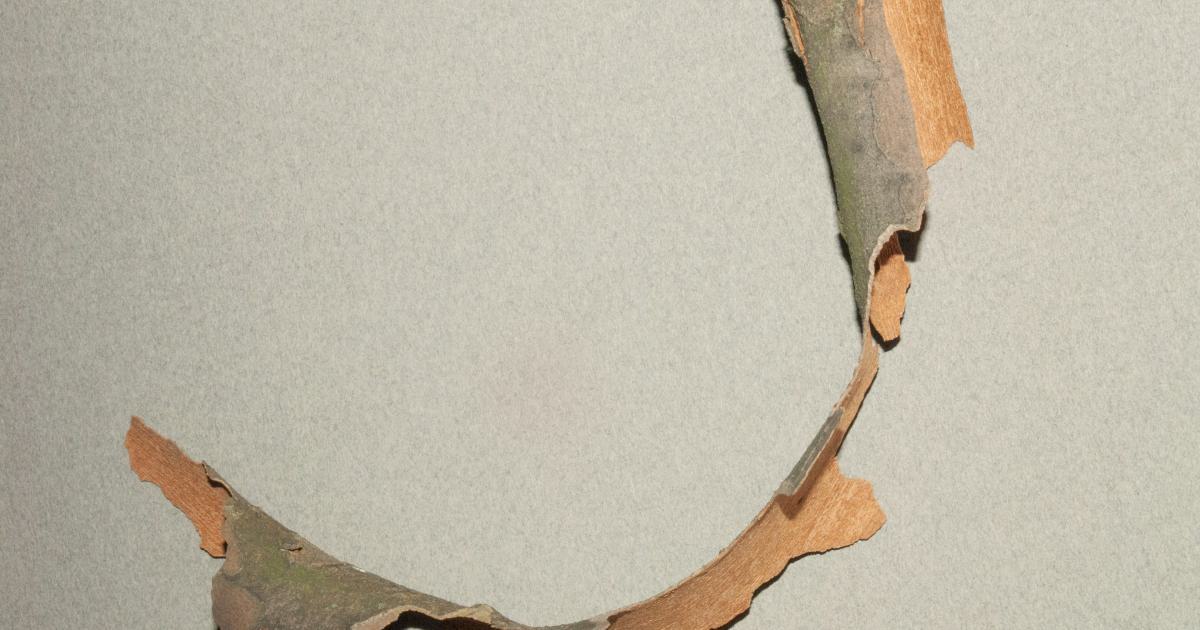
Conclusion
Broken links can have a significant negative impact on your website's user experience, search engine optimization, and overall credibility. By proactively identifying and addressing this issue, you can ensure that your website remains reliable, user-friendly, and optimized for search engines.
In this comprehensive guide, we've explored the root causes of broken links, the consequences of neglecting them, and a range of effective solutions to quickly identify and fix these problems. From regular link scanning and internal link repair to outreach for broken external links, and the implementation of a continuous monitoring and maintenance process, you now have the knowledge and tools to keep your website's links in tip-top shape.
Remember, addressing broken links is an ongoing process, but the benefits of a well-maintained, link-error-free website are significant. By investing the time and effort to implement these strategies, you'll provide your users with a seamless experience, boost your SEO performance, and safeguard the credibility and professionalism of your online presence.
Take action today and start your journey towards a healthier, more user-friendly, and search engine-optimized website.
Are You Crushing It in Internet Marketing?
Struggling to boost your online visibility and traffic? Semrush is the ultimate platform for digital marketers like you. With powerful SEO tools and competitive data insights, you can optimize your website, content, and campaigns for maximum impact.
Join over 7 million marketers already using Semrush to outrank their competitors, drive more qualified leads, and grow their businesses online. Get started today with a 7-day free trial, and unlock the full potential of your internet marketing strategy.
Unlock the Power of SEO with Semrush
Are you struggling to boost your online visibility and drive more traffic to your website? Semrush has the solution.
Our comprehensive platform offers advanced keyword research, competitor analysis, and SEO audits, empowering you to optimize your content and outrank your competition.